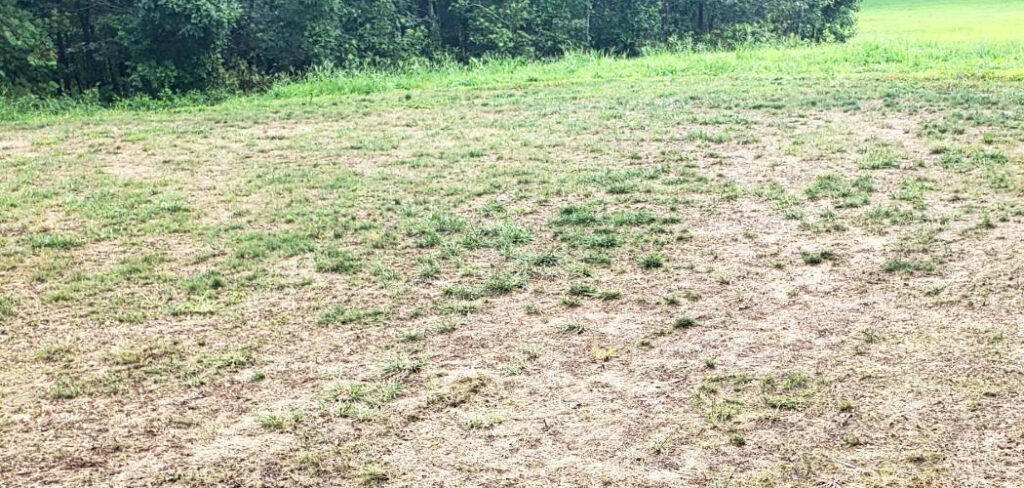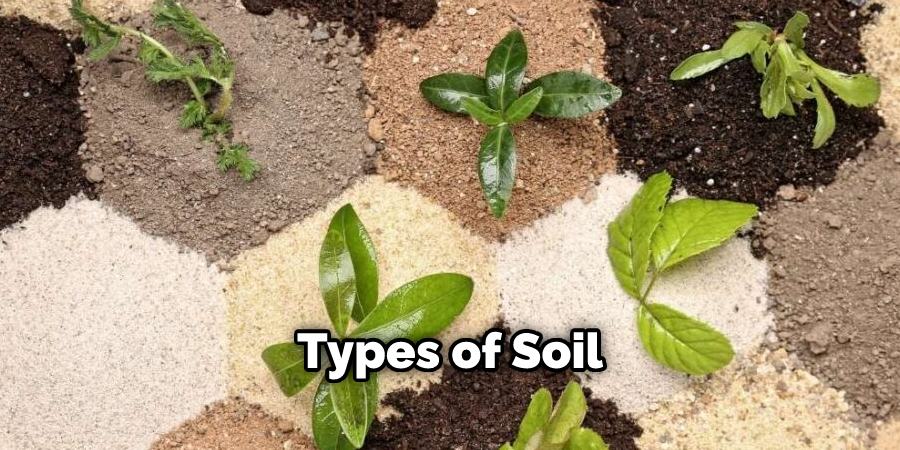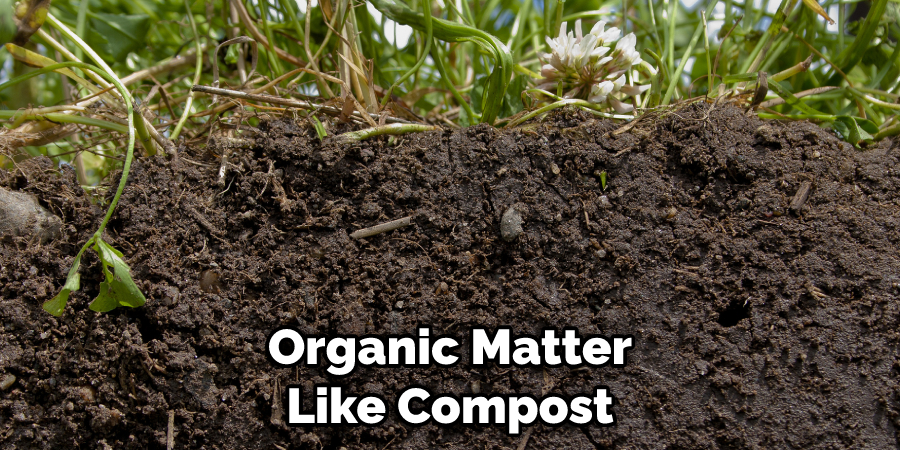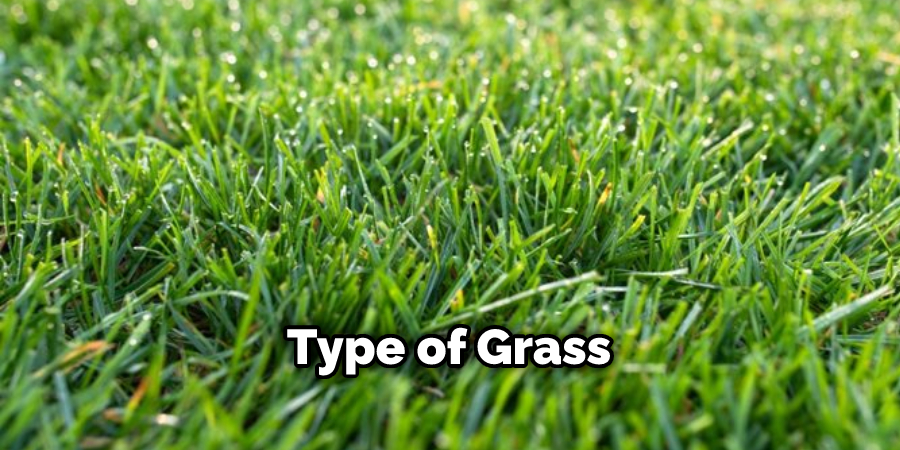Are you one of the many homeowners that have a difficult time successfully growing luscious grass on your clay soil? Clay can be choosy when it comes to growing healthy turf, so in order to get good results, you will need to pay attention to some key aspects. This blog post is designed to provide an overview of the steps needed to successfully grow grass on clay soil and create attractive greenery throughout your property. By assessing your site and following these tips, you’ll be able to create a yard you’re proud of!

Growing grass on clay soil can be tricky—but it doesn’t have to be! With the right care and attention, you can create a lush lawn that is healthy and beautiful. In this post, we’ll cover everything you need to know about how to grow grass on clay soil: from choosing the best soil amendments to understanding the pH levels of your yard, as well as tips for maintenance so that your lawn stays strong and vibrant over time.
Why May You Want to Grow Grass on Clay Soil?
You may want to grow grass on clay soil for many reasons. Such as:
1. Retains Moisture Well
One of the biggest benefits of clay soil is that it has higher water retention than other types of soil. This means that your grass will have ample access to moisture, which helps promote its growth and health. So if you want to maintain healthier grass in dry climates, clay soil may be your best option.
2. Nutrient Dense
Clay soil is also dense with nutrients, making it easier for grass to thrive. The mineral content in the soil aids in the growth of healthy roots and blades of growing grass smoothly. Additionally, clay soils are known for their high pH levels, which helps alkaline-loving grasses such as fescue and bluegrass grow better.
3. Less Weeds
Clay soil typically has fewer weeds than other types of soil because it is much harder for seeds to penetrate it. This means that you’ll spend less time weeding your lawn and more time enjoying it! It will also help to reduce the spread of invasive species.

Overall, there are many reasons to consider growing grass on clay soil. With proper preparation and maintenance, you can create a lush and healthy lawn that you’ll be proud of. So if you’re looking for an easier way to care for your grass, clay soil might be the way to go!
How to Grow Grass on Clay Soil in 6 Easy Steps
Step 1: Test the Soil to Determine:
The very first step is to test the soil to determine its pH level, nutrient levels, and other important characteristics. This will help you understand what type of grass can be grown in that particular soil to remain healthy and grow good roots.
Step 2: Amend Your Clay Soil
Clay soils are notorious for being compacted and lacking organic matter. The best way to make it suitable for growing grass is to add organic materials like compost, peat moss, or well-rotted manure. This will improve the soil structure and help promote healthy grass growth.
Step 3: Choose Grass Seed
Once you have amended your clay soil and tested its pH level, it’s time to pick the right type of grass seed for your soil. Choose grass based on the climate you live in and the amount of sun and shade the area receives.
Step 4: Spread Fertilizer
Now that you have chosen the right type of grass, it’s important to spread an organic fertilizer like fish emulsion or composted manure. This will help the grass to get all the nutrients it needs to establish a strong root system.
Step 5: Plant Grass Seeds
Once you have spread the fertilizer, it’s time to plant your seeds. Make sure that you spread them evenly and at least 1-2 inches apart in order for them to establish good roots. You have to make sure that the soil is not overly compacted, as this may hinder root growth.
Step 6: Water and Monitor
Finally, make sure to water your grass seeds at least twice a day for the first month or until they are well established. Monitor the progress of your grass regularly and apply additional fertilizer if necessary. With these steps, you should have healthy grass growing on your clay soil in no time.
Some Additional Tips to Grow Grass on Clay Soil
1. Do Not Overwater
This is important as clay soil is prone to compaction and can easily become waterlogged. Watering should be done in small amounts and only when the grass needs it. Also, it is preferable to use a soaker hose than an overhead sprinkler.
2. Aerate the Soil
Aerating the soil helps to reduce compaction and provide needed oxygen for grass roots to grow. This can be done by using a garden fork or aeration spikes. Also make sure to loosen up the top few inches of soil.
3. Mix Organic Matter in the Soil
Organic matter like compost or manure helps to improve clay soil structure by improving drainage and reducing compaction. Using 2-4 inches of organic matter is recommended for the best results.
You have to be careful not to add too much organic matter as it can lead to excessive nutrient levels in the soil.

4. Choose Appropriate Grass Varieties
Certain grass varieties are better suited for clay soils and can handle the heavy wet conditions that come along with clay soil. It is recommended to choose resilient varieties of grass, such as Kentucky Bluegrass or Fescue.
5. Use Mulch
Mulching is a great way to retain moisture in clay soil and reduce weeds. Make sure to only use organic mulches like wood chips or shredded bark as they are less likely to compact the soil.
By following the tips above, you should be able to grow grass on your clay soil successfully. With proper care and attention, you can create a lush and healthy lawn that will make your outdoor space look beautiful!
Frequently Asked Questions
What Precautions Should I Take When Growing Grass on Clay Soil?
When growing grass on clay soil, it is important to take a few precautions. First, be sure that the soil has proper drainage and aeration. Digging up the soil and mixing in organic material can help improve soil structure and water absorption. Additionally, use slow-release fertilizers rather than quick-release ones to avoid overfeeding plants and killing their roots. Finally, water deeply but infrequently so that your grass does not become overexposed or allowed to dry out too much.

How Much Should I Water My Grass?
When growing grass on clay soil, the amount of water you should give the lawn varies depending on your grass type. Generally speaking, however, it is best to water deeply but infrequently. This means that instead of giving your lawn small amounts of water multiple times a week, water it thoroughly once or twice per week.
How Can I Improve Clay Soil for Grass?
Improving clay soil for grass involves improving the soil structure and increasing its water absorption. This can be done by digging up the soil and mixing in organic material such as compost, manure, or peat moss. Additionally, adding gypsum to the soil helps break down clay particles and adds calcium which helps with drainage and aeration. Also, mulching the soil helps retain moisture and reduce weeds.
How Can I Keep Weeds from Growing in My Clay Soil?
Regularly mowing your lawn can help keep weed growth under control as it will prevent them from getting enough sunlight to survive. Additionally, you should mulch around the grass to create a barrier between weeds and plants that will help reduce their growth. Lastly, use a pre-emergent herbicide to prevent weed seeds from germinating and growing in the soil. Also, make sure to pull up any weeds that do appear as soon as possible.

Conclusion
Knowing how to grow grass on clay soil is an important skill for any gardener, whether for aesthetic purposes or for the environmental benefits of a healthy lawn. Luckily, you can undertake many simple maintenance and preparation tasks to encourage healthy grass growth despite difficult clay soils. From regularly using organic amendments to aerating the lawn and overseeding, with a bit of patience and effort, anyone can have a beautiful, green lawn found on clay soils.
Remember that taking care of your lawn throughout the year is essential to ensure success in growing grass – water and fertilize it properly, mow it at the correct height, and watch out for any weeds that may be choking out your plants’ resources. With proper maintenance and a bit of knowledge, having an excellent-looking lawn isn’t impossible, even if you’re working with challenging soil!
About
Outdoor Fixes is a distinguished figure in the world of Diy design, with a decade of expertise creating innovative and sustainable Diy solutions.
His professional focus lies in merging traditional craftsmanship with modern manufacturing techniques,
fostering designs that are both practical and environmentally conscious. As the author of diy,
outdoorfixes delves into the art and science of outdoorfixes-making, inspiring artisans and industry professionals alike.
Education RMIT University
(Melbourne, Australia) Associate Degree in Design (Outdoor Fixes) Focus on sustainable design, industry-driven projects,
and practical craftsmanship. Gained hands-on experience with traditional and digital manufacturing tools, such as CAD and CNC software.
Nottingham Trent University
(United Kingdom) Bachelor’s in outdoorfixes.com and Product Design (Honors) Specialized in product design with a focus on blending creativity with production
techniques. Participated in industry projects, working with companies like John Lewis and Vitsoe to gain real-world insights.
Publications and Impact
In diy, Outdoor Fixes his insights on indoor design processes, materials, and strategies for efficient production.
His writing bridges the gap between artisan knowledge and modern industry needs, making it a must-read for both budding designers and seasoned professionals.

